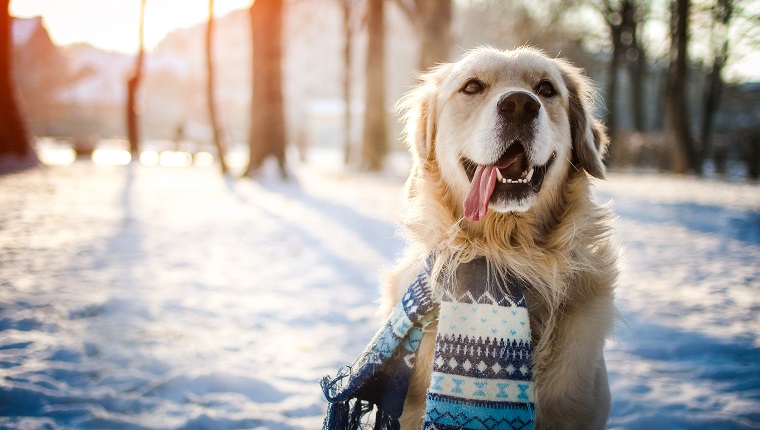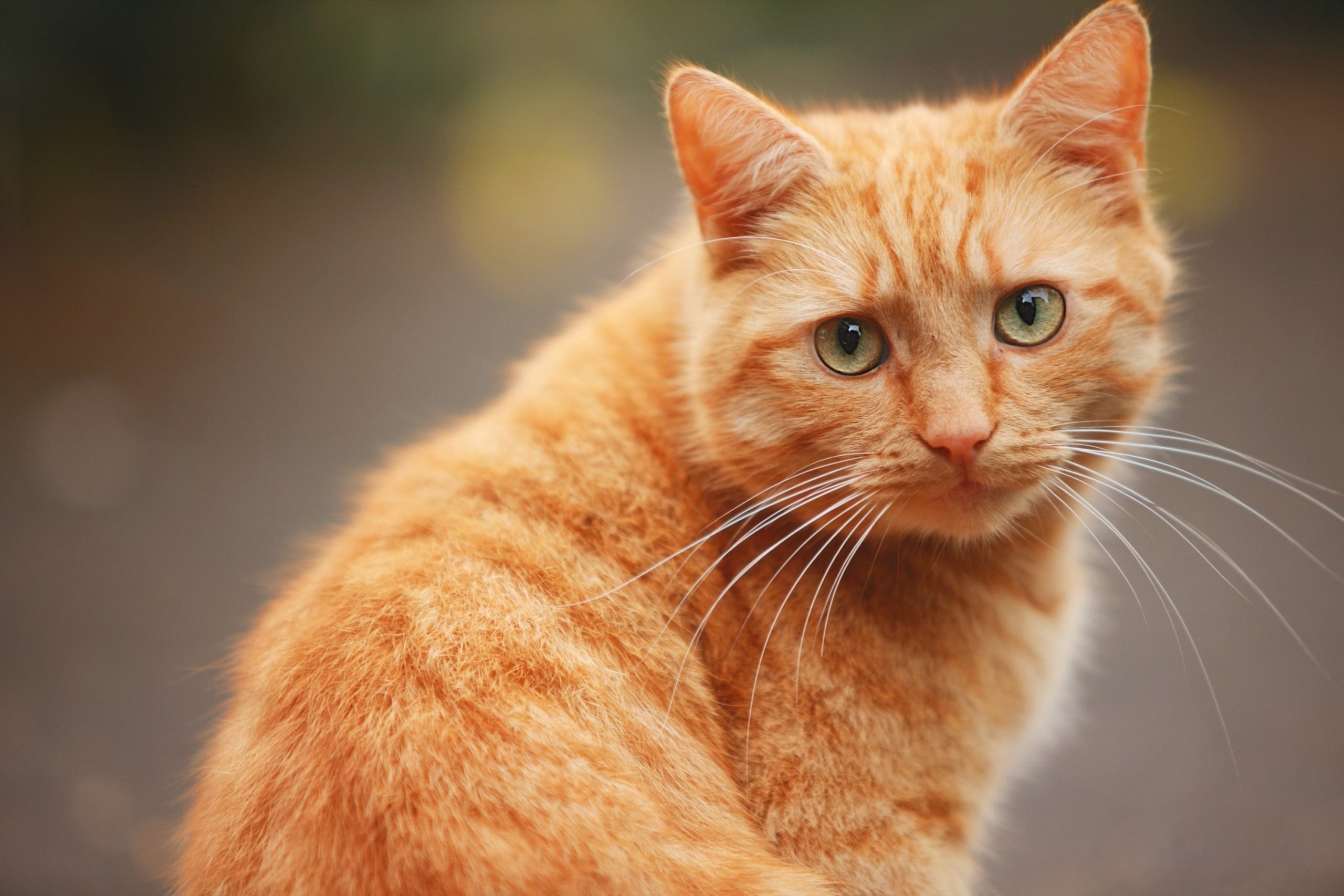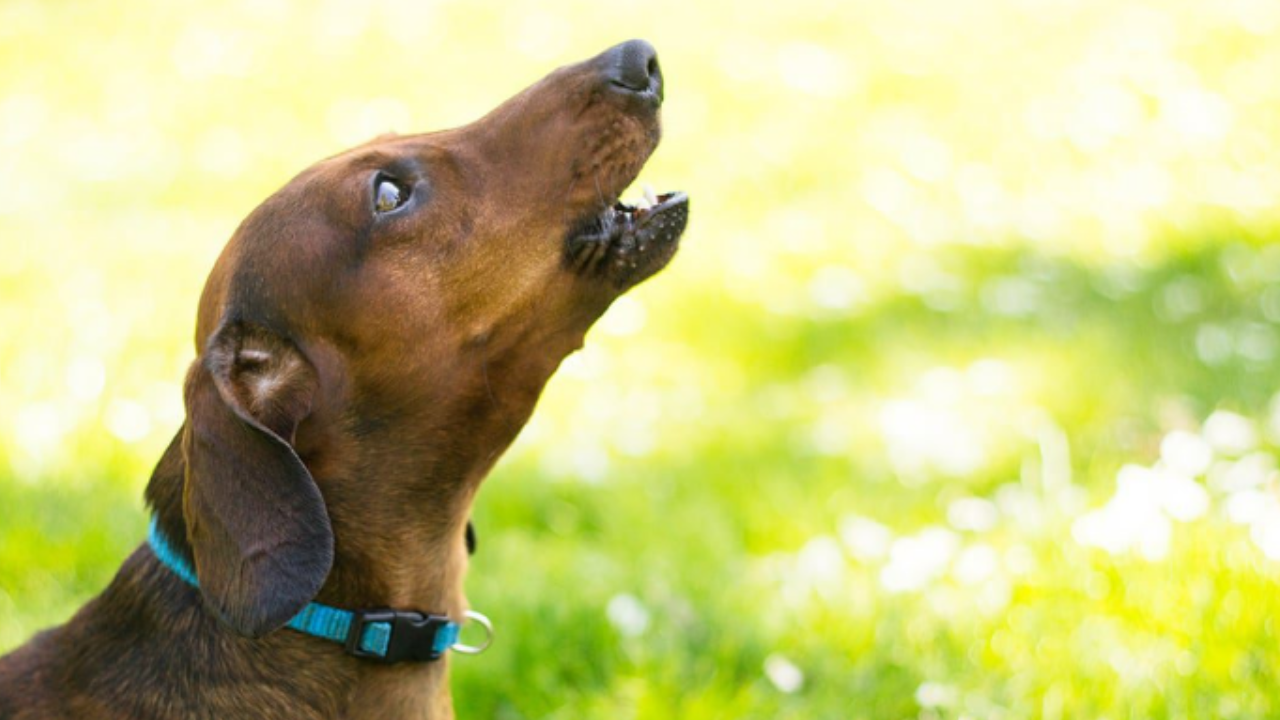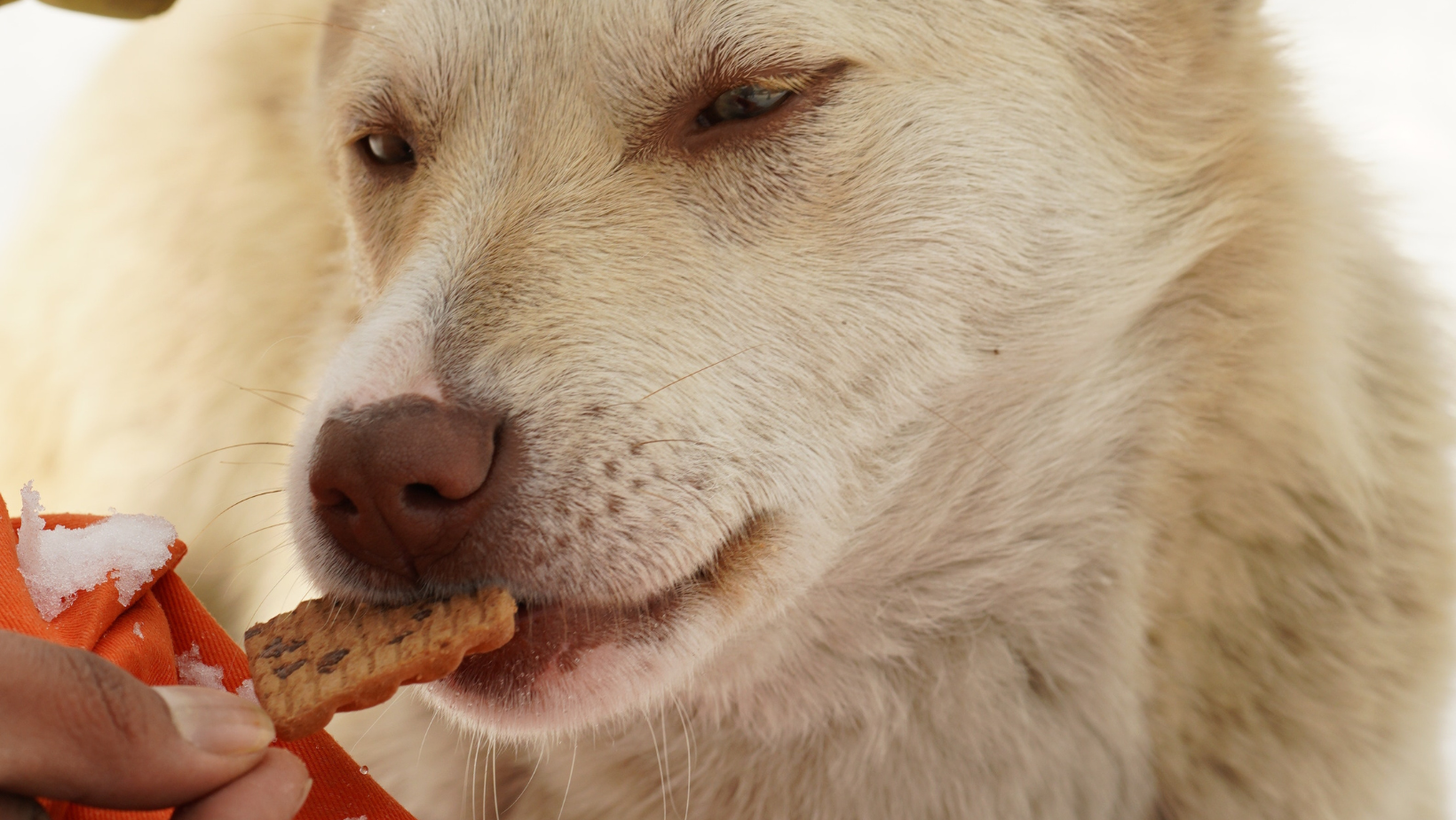The Ultimate Guide To Hypoallergenic Dogs
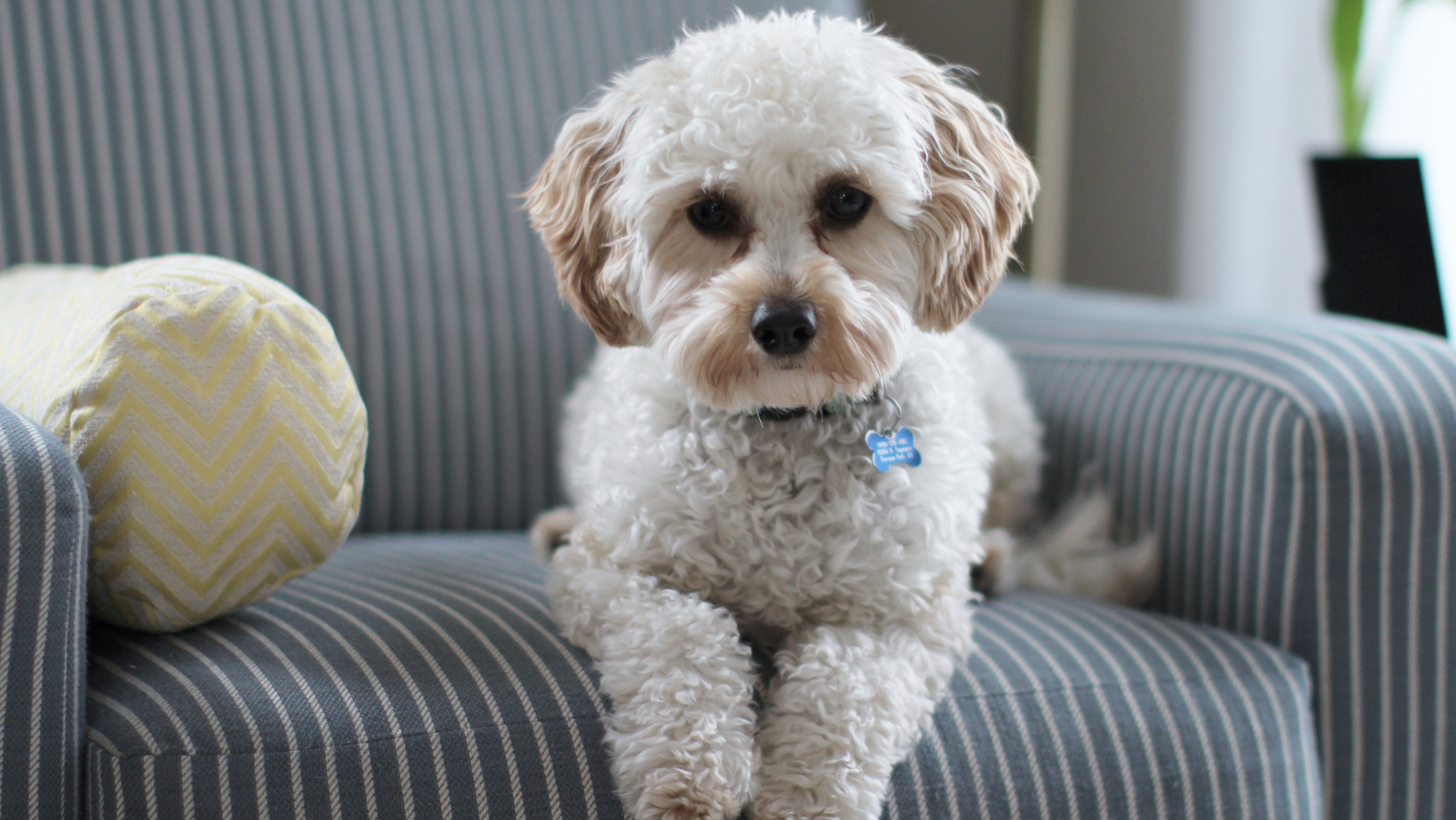
For those who have allergies or sensitivities to dogs, hypoallergenic canines are an excellent alternative. This is due to the fact that they create less dander, which is the primary source of human allergies to pets. These breeds are also more likely to have hair rather than fur, which means they shed less! In this blog we discuss the ultimate guide to hypoallergenic dogs.
In this blog, we’ll look at what makes a dog hypoallergenic, as well as some of the finest breeds for allergy sufferers. We’ll also go through how to take care of your hypoallergenic dog’s skin and coat so they stay healthy and happy.
WHAT MAKES A DOG HYPOALLERGENIC?
Hypoallergenic is defined by Merriam-Webster as “having a low risk of triggering an allergic reaction.” The phrase “hypoallergenic” isn’t totally true when it comes to dogs. Because all dogs generate proteins that might induce an allergic response, this is the case. Some dogs, on the other hand, are classified as hypoallergenic because they are known to create less allergens.
What causes some dogs to generate less allergies than others? Their clothing holds the solution. While no dog is completely hypoallergenic, hypoallergenic breeds are those that have hair rather than fur. Hairy dogs shed far less than furry dogs. Furthermore, instead of becoming airborne, the dander (small particles of lost skin) they create is contained in their coat. Because dander is the major source of pet allergies in humans, these breeds are typically more acceptable for allergy patients.
CARING FOR YOUR HYPOALLERGENIC DOG’S SKIN AND COAT
Hypoallergenic dogs, such as those discussed in this article, create less dander and shed less than other breeds. This makes them an excellent alternative for allergy patients, but it doesn’t mean they can’t be groomed well.
Grooming is an important component of maintaining your dog’s skin and hair, so be sure you’re doing it correctly. We’ll provide some fast and easy recommendations in the post’s last part to help you maintain your hypoallergenic dog’s skin and coat healthy.
BRUSH YOUR DOG REGULARLY
Brushing your dog’s coat on a regular basis not only ensures that all dead hair is removed, but it also keeps their skin clean and free of dander. For dogs with medium to long or curly hair, pin brushes and slicker brushes are ideal. For dogs with shorter coats, bristle or rubber brushes are ideal. Are you having trouble deciding which brush is ideal for your dog? Take a look at our in-depth guide.
BATHE YOUR DOG WHEN NECESSARY
Although hypoallergenic dogs create less dander, they still need to be washed on a regular basis. You’ll have the opportunity to give your dog a thorough washing and remove any extra dander that has accumulated in their coat at this time. Make sure to bathe your dog using a natural shampoo designed specifically for dogs.
Colloidal oatmeal, aloe vera, and jojoba oil are among the soothing, skin- and coat-nourishing components in Only Natural Pet Organic Grooming Shampoo and Conditioner for Dogs and Cats. Your dog’s skin and coat will be gently cleansed, nourished, and moisturised with the natural shampoo and conditioner. Human shampoo should be avoided since it might deplete your pet’s coat of protective oils and cause skin discomfort. Also, don’t over-bathe your dog: once or twice a month should do to keep them clean, healthy, and dander-free.
CONSIDER GETTING YOUR DOG PROFESSIONALLY GROOMED
You may want to consider taking your dog to a professional groomer in addition to brushing and washing them at home. This manner, you can guarantee that their coat is well-maintained while minimising shedding. Grooming salon employees have been trained to handle dogs of various breeds. They’ll be able to completely clean their coat, remove any extra dander or dead hair, wash them, cut their nails, and more. Having your dog groomed on a regular basis can cost you some money, but it’s a terrific way to keep them healthy and clean.


